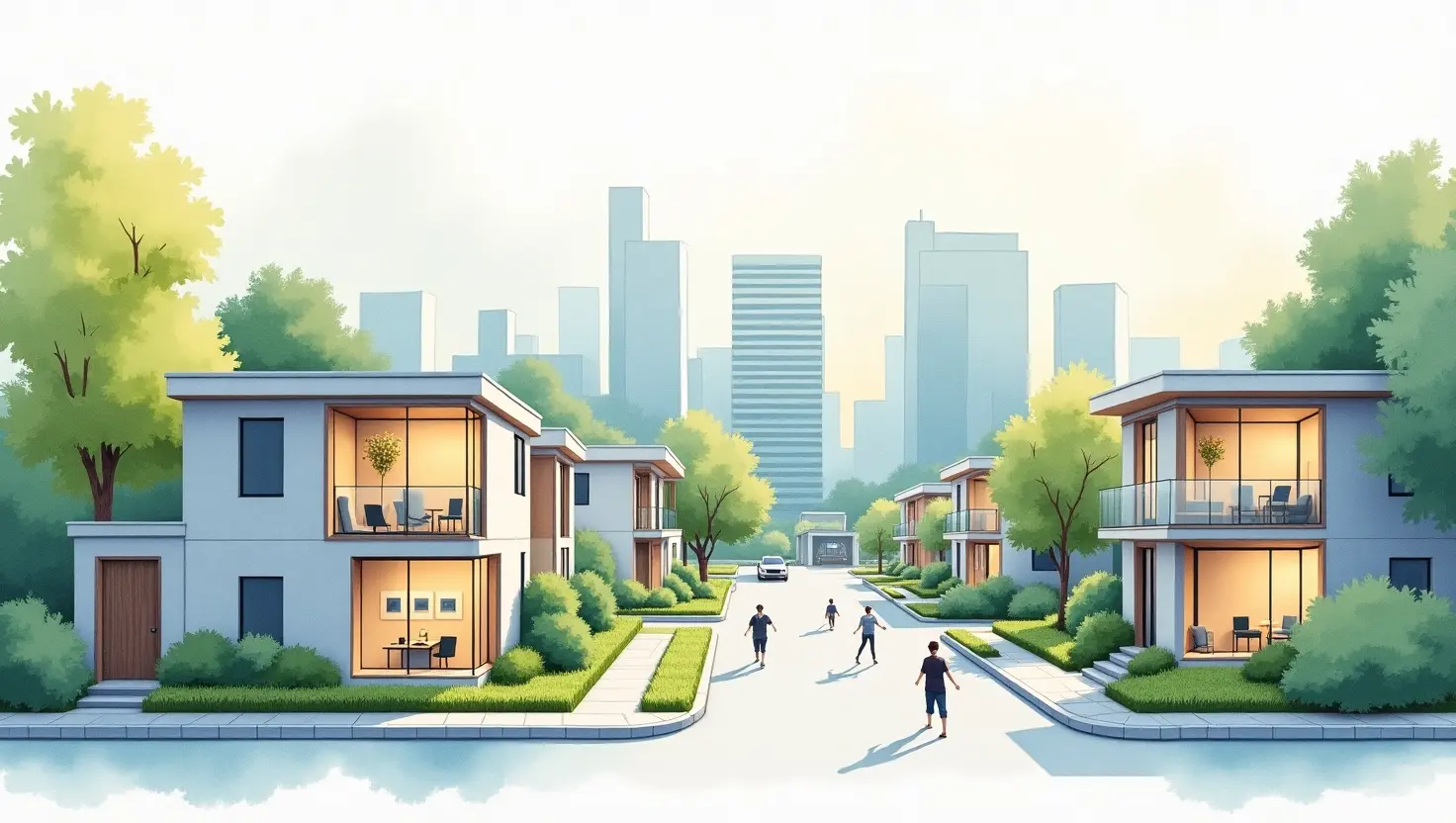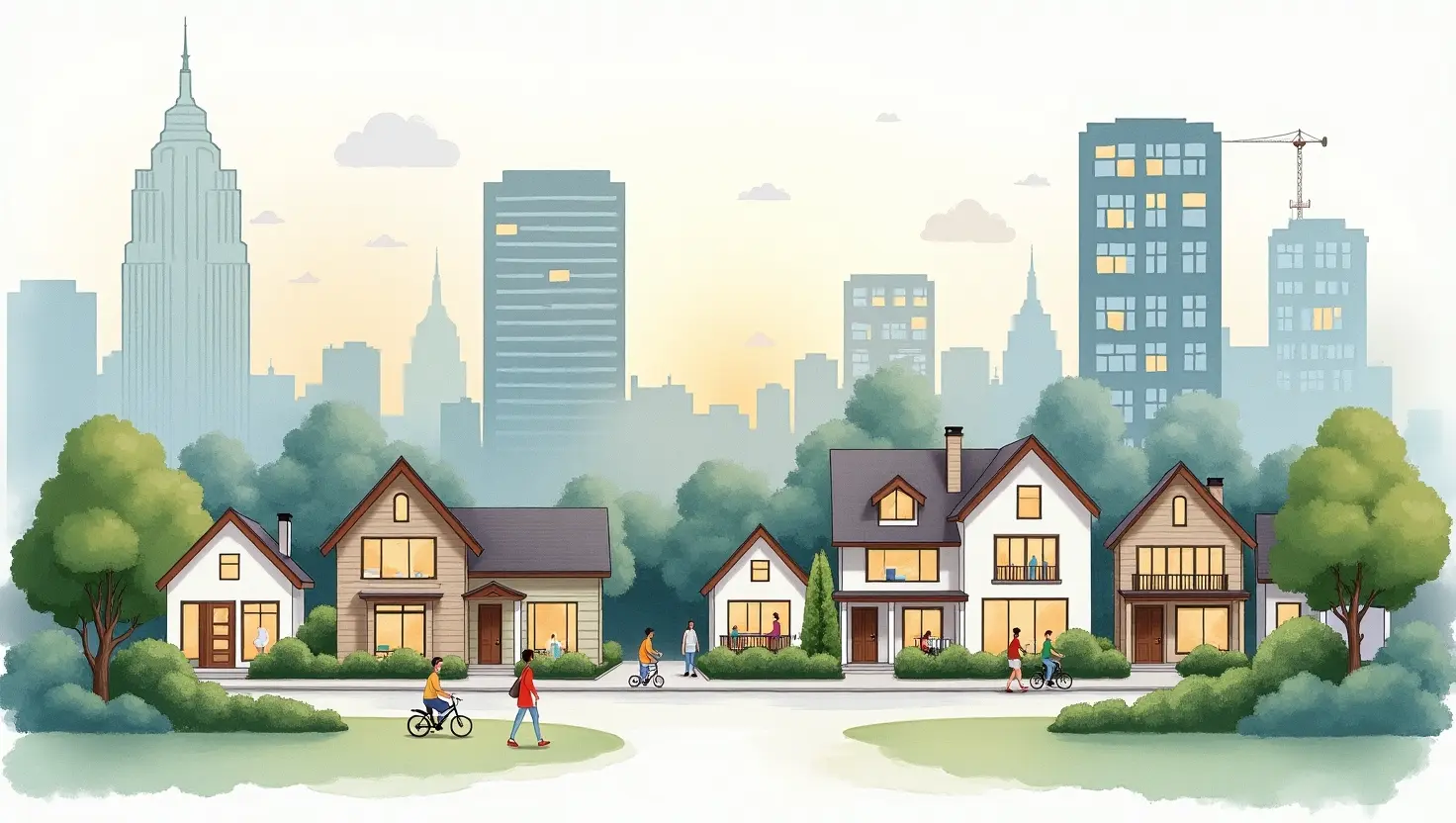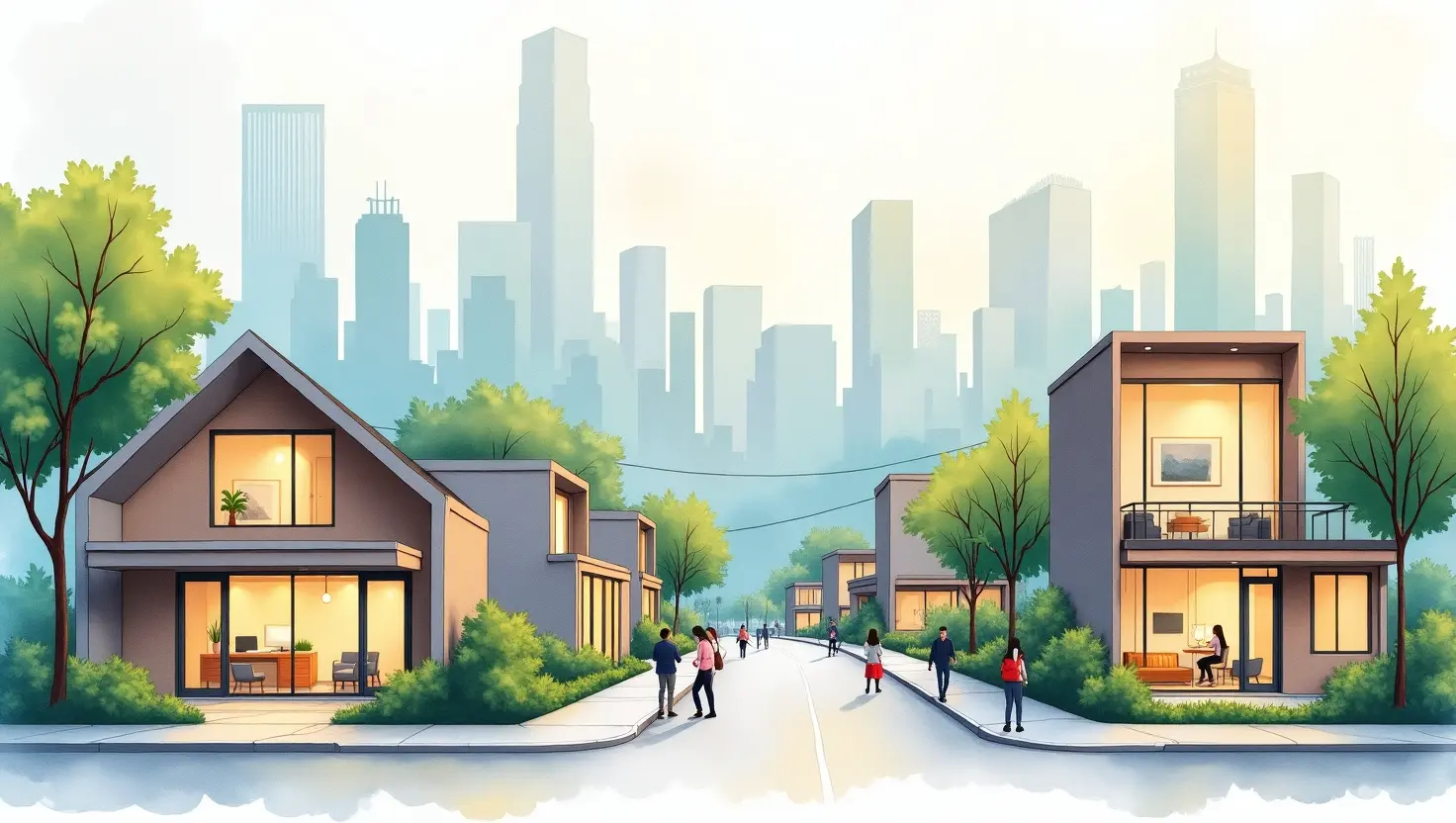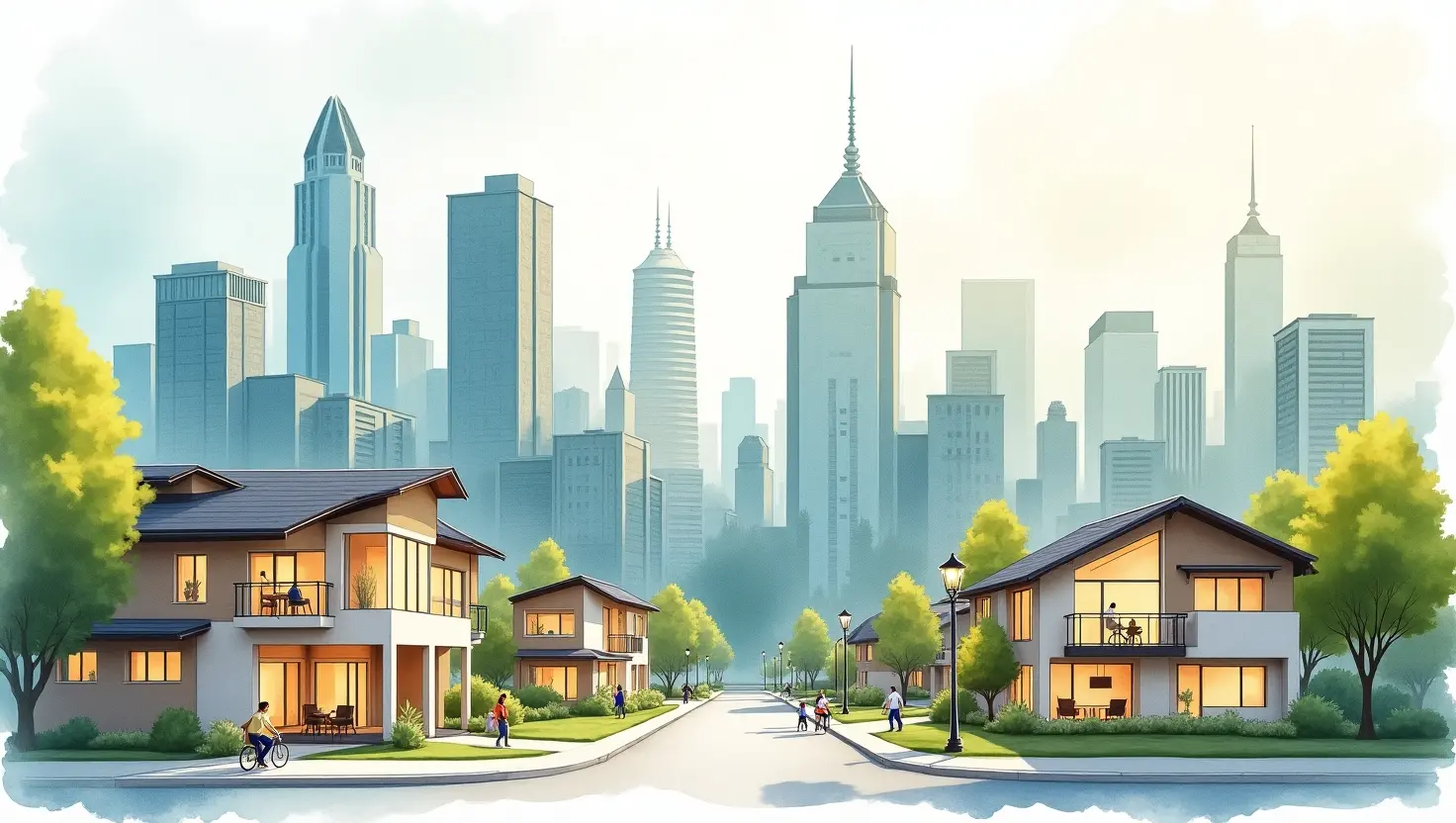Introduction:
The rise of remote work, accelerated by the global pandemic and continuing into 2025, has caused a seismic shift in the way people live, work, and interact with their cities. As more professionals transition to permanent or hybrid work-from-home models, the need for urban areas to adapt has never been more critical. From transforming office spaces to reshaping residential areas, remote work is influencing the development and future of cities in unprecedented ways.
Changing Real Estate Markets:
One of the most immediate impacts of remote work on urban development is in the real estate market. As employees spend more time working from home, the demand for larger homes, particularly in suburban areas, has surged. This trend is gradually leading to a decline in demand for office spaces in downtown areas, with some cities experiencing higher vacancy rates in commercial buildings.
Urban planners are responding by rethinking the use of office space. Many cities are transforming former office buildings into mixed-use spaces that combine residential units, co-working areas, and recreational facilities. This shift could lead to a more decentralized city model, where people live, work, and play within the same local communities.
Transformation of Commercial Spaces:
The days of traditional office spaces in city centers are waning. In 2025, many businesses have adopted hybrid or fully remote work models, reducing their reliance on large office buildings. This is creating opportunities for urban development focused on flexibility and innovation.
Buildings once dedicated to office work are being repurposed to accommodate shared workspaces, digital nomad hubs, and small businesses. These changes are not just about transforming physical spaces; they also indicate a deeper cultural shift in how businesses operate and how people engage with their cities. Some cities have begun to offer incentives to attract co-working spaces, which could become hubs for collaboration and innovation.
Reimagining Urban Infrastructure:
With remote work increasing in popularity, cities must rethink their infrastructure to support a more dispersed population. More people are moving away from the central urban hubs and relocating to suburban or even rural areas where they can enjoy larger homes and a quieter lifestyle. This shift is leading to changes in transportation patterns, with less congestion in city centers but increased demands for transportation connectivity between suburban areas and urban hubs.
Urban planners are exploring how to better integrate broadband and high-speed internet access across more areas to support remote workers no matter where they live. Additionally, there is an increased focus on providing more green spaces and outdoor amenities, as people spend more time working from home and seeking balance in their lifestyles.
Impact on Urban Economy:
The economy of cities is also undergoing significant changes. Traditionally, urban economies have relied heavily on retail, entertainment, and office workers commuting into the city. But as more people opt to stay home, these traditional models are being disrupted.
Local businesses that catered to the office crowd—such as coffee shops, dry cleaners, and lunch spots—are experiencing a decline in foot traffic. In response, cities are focusing on supporting small businesses that cater to the new work-from-home lifestyle, such as home-office supply stores, delivery services, and wellness-oriented businesses.
However, urban economies are also seeing a rise in e-commerce and tech-driven businesses that benefit from remote work. The demand for digital services, tech infrastructure, and cloud-based solutions is skyrocketing, leading to the growth of new industries that are reshaping the economy.
Conclusion:
The rise of remote work is more than just a trend—it's a fundamental shift that is reshaping cities in profound ways. As urban areas continue to adapt to new ways of living and working, we can expect to see more innovation in how our cities are designed and used. The future of urban development will likely focus on flexibility, adaptability, and creating spaces that accommodate a more dispersed, tech-enabled population. In 2025, cities that embrace these changes will be better equipped to thrive in a post-pandemic world where work-from-home is the norm rather than the exception.




How Is the Rise of Remote Work Impacting Urban Development in 2025?